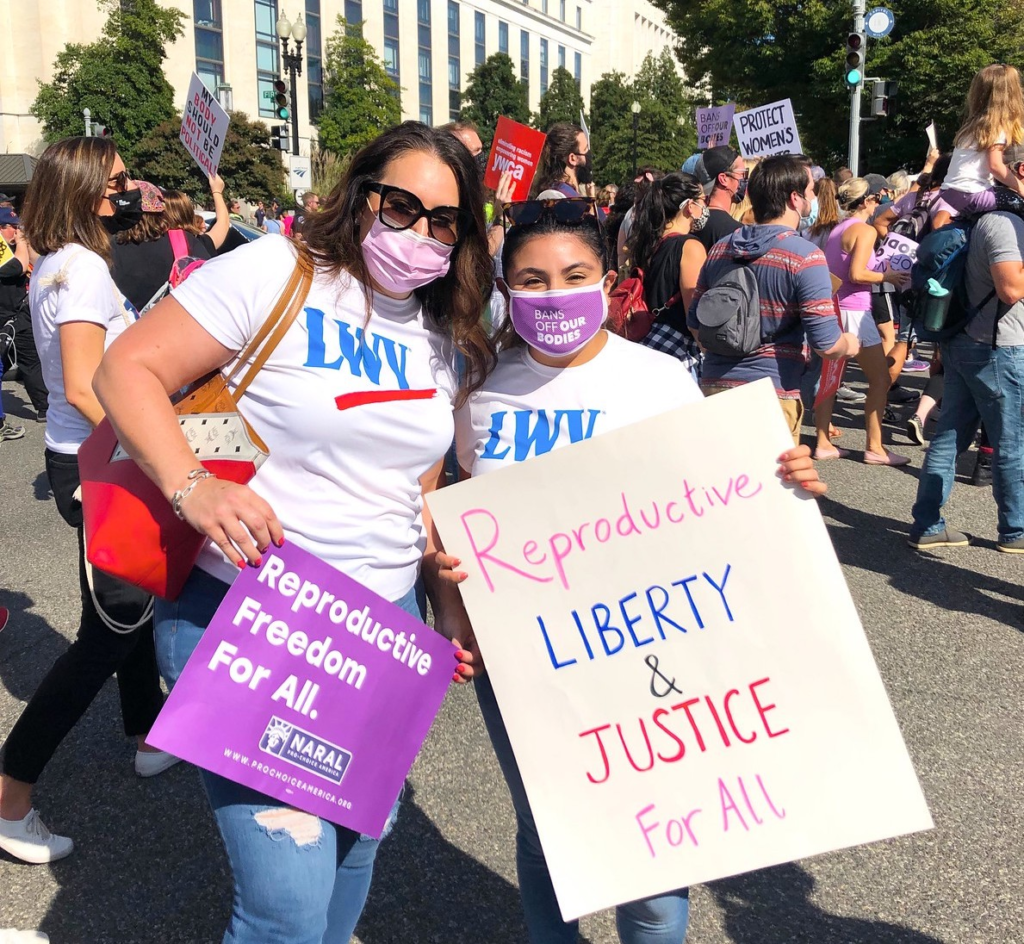In one of the wealthiest nations in the world, the struggle to afford basic healthcare remains a harsh reality for millions of Americans. Families are forced to choose between paying rent, buying groceries, or covering medical bills. Despite groundbreaking medical innovations, world-class hospitals, and highly skilled professionals, access to care often depends more on financial means than medical need. The gap between those who can afford treatment and those who cannot highlights a crisis that has persisted for decades.
This article explores the roots of the affordability problem, the daily struggles faced by individuals, and the reforms that could bring real hope and change. The conversation about healthcare in the United States is not simply about numbers or policies—it is about human lives, dignity, and the fundamental right to health.
The Reality of Healthcare Costs in America
For the average American, healthcare is one of the largest household expenses. Insurance premiums rise every year, prescription drugs carry staggering prices, and unexpected emergencies can leave families buried in debt. Even insured patients often face high deductibles, co-pays, and surprise medical bills.
The weight of these expenses does not fall equally. Low-income families, minority communities, and rural populations often suffer the most, facing not only unaffordable bills but also limited access to providers and facilities. While urban areas may boast advanced hospitals, many rural towns operate with just a handful of clinics or none at all.
Behind every statistic is a story: the single mother delaying a doctor’s visit for her child because she fears the bill, the elderly couple splitting medications to stretch prescriptions, the young worker putting off necessary surgery until it becomes an emergency. These stories humanize a crisis that statistics alone cannot fully capture.

Why Healthcare is So Expensive
The question many ask is simple: why does American healthcare cost so much? The answer is complex. High administrative costs, the influence of powerful pharmaceutical companies, fragmented insurance systems, and for-profit motives all contribute to inflated prices.
Unlike many other developed nations, the United States does not operate a universal healthcare system. Instead, it relies heavily on private insurance companies, each with its own rules, billing systems, and coverage restrictions. This fragmented system drives inefficiency and wastes billions on paperwork rather than patient care.
Drug pricing is another major factor. Medications that cost a few dollars in other countries can cost hundreds or even thousands in the U.S. due to limited regulation of pharmaceutical pricing. Hospital procedures, too, are marked by staggering variability, with the same treatment costing vastly different amounts depending on location and provider.
The Human Cost of Limited Access
Beyond dollars and cents, the true cost of America’s healthcare crisis is measured in human suffering. People delay or forgo care because of cost, leading to preventable deaths and chronic conditions worsening over time. The uninsured often end up in emergency rooms, where treatment costs are higher, and the cycle of medical debt deepens.
For vulnerable groups, such as immigrants, minorities, and people living in poverty, the barriers to care are even greater. Language differences, discrimination, and lack of insurance coverage create layers of obstacles. Children grow up without regular check-ups, adults skip cancer screenings, and elderly individuals avoid filling prescriptions due to cost.
Healthcare, which should be a source of healing and comfort, becomes a source of stress, fear, and financial ruin.
Proposed Reforms and Pathways to Change
The conversation about reforming healthcare in the United States is not new. Yet, in recent years, public demand for change has grown stronger than ever. Several proposals stand out as potential solutions to bring affordability and access to millions.
Expanding Public Healthcare Options
Some propose expanding government-run programs like Medicare and Medicaid to cover more people. Medicare-for-All, for example, envisions a universal system where everyone has access to care regardless of employment or income. Even less sweeping reforms, such as creating a public option, could provide affordable alternatives to private insurance.
Regulating Prescription Drug Prices
Reforms aimed at controlling drug prices could dramatically reduce costs. Allowing Medicare to negotiate directly with pharmaceutical companies, as other countries do, would lower prices for essential medications. Importing safe, cheaper drugs from other countries is also a potential step forward.
Reducing Administrative Waste
Streamlining billing systems and reducing administrative overhead could save billions. Simplifying insurance processes would not only cut costs but also make the system less confusing for patients and providers alike.
Investing in Preventive Care
Another key reform is a stronger emphasis on preventive care. By providing affordable access to screenings, vaccinations, and primary care, the system could reduce long-term costs and improve health outcomes. Preventing illness is far less expensive than treating advanced diseases.
Addressing Inequities in Access
Reforms must also prioritize equity. Expanding healthcare infrastructure in rural areas, providing translation services, and addressing discrimination in healthcare delivery are all critical steps to ensure that no community is left behind.
Stories of Hope and Change
Despite the challenges, there are inspiring stories of communities and organizations making a difference. Free clinics, nonprofit hospitals, and grassroots movements across the country are providing care to those who would otherwise go without. Volunteer doctors and nurses dedicate time and resources to serve uninsured patients, proving that compassion can bridge some of the gaps left by the system.
Innovative state-level programs are also paving the way. Some states have experimented with Medicaid expansions and community health initiatives that show promising results. These localized successes highlight that solutions are possible and can be scaled to a national level.

The Role of Political Will
At its heart, the question of healthcare reform is not only about economics or logistics but about political will. Policymakers must decide whether healthcare is treated as a privilege for those who can afford it or as a fundamental right for all. Every reform effort faces fierce debates, often divided along political lines. Yet, the growing public demand for affordable healthcare suggests that pressure for action will only increase.
Looking Ahead: A Vision for the Future
Imagine an America where no parent worries about taking their child to the doctor, where no elderly person has to choose between medicine and food, and where no young adult begins life burdened with medical debt. Such a vision is not a dream but a possibility if reforms are implemented with courage and compassion.
The future of healthcare in the United States depends on the choices made today. By addressing the crises of affordability and access, the nation can create a system that values human life over profit, equity over inequality, and care over bureaucracy.
Conclusion
Healthcare is not just another policy issue—it is deeply personal. Behind every policy debate are real people whose health, happiness, and futures are at stake. The crises of affordability and access are urgent, but they are not insurmountable. With bold reforms, compassionate leadership, and a commitment to equity, America can build a healthcare system that works for all.
The path forward requires not only policy changes but also a shift in mindset: to see healthcare not as a luxury, but as a shared responsibility and a universal right.
Do Follow USA Glory On Instagram
Read Next – How AI Automation is Revolutionizing Jobs at Major U.S. Retailers






